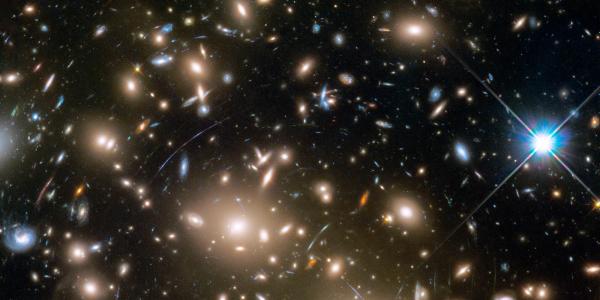Physics Colloquium with Kerstin Perez on Cosmic-Ray Antinuclei from Dark Matter
Dark matter particle interactions could imprint characteristic signals in cosmic-ray and multi-wavelength observations of the sky. The central challenge is to distinguish these signatures from similar spectra produced by standard astrophysical processes, such as the life and death of stars and the interactions of cosmic rays with interstellar material. The GAPS Antarctic balloon payload, scheduled for its initial flight in late 2023, is the first experiment optimized specifically for cosmic antiprotons, antideuterons, and antihelium as signatures of dark matter. The discovery of complex antinuclei by GAPS would be an unambiguous signal of new physics and transform the field of cosmic particle research. The distinctive GAPS particle identification technique relies on a system of over 10 square-meters of lithium-drifted silicon (Si(Li)) detectors, which both capture an incoming antinucleus into an exotic atom and measure the resulting X-ray and nuclear annihilation products, surrounded by a precision-timing, large-area time-of-flight system. In this talk, I will detail the novel GAPS detection technique, the unique Si(Li) detector technology, and the potential impact of these measurements in the coming years.

